The Tribeca Festival’s immersive exhibition will run from June 5-16 and will feature works by some of the world’s most innovative talented digital artists.
When the Tribeca Film Festival launched in 2001, it was a response to the 9/11 attacks, putting a spotlight back on NYC’s art and culture scene by embracing the art of storytelling through the eyes of filmmakers. The goal was not to create blockbuster films or appeal to the masses but to instead showcase genuine storytelling from real creators without the constraints of Hollywood ticket sales.
The Tribeca Film Festival put art before money and still does to this day.
Since it’s inception, the Tribeca Film Festival has evolved in ways organizers could never have imagined. Along with new filmmakers entering the festival with their unique stories and creative perspectives, came new technologies that would change how filmmakers could tell their stories. One technology was the introduction of Virtual Reality (VR), which became a topic of conversation in 2015 with the release of the Oculus DK1.
Initially, VR was seen as a game-changer for gaming, education, workforce training, and social connections. For filmmakers it was something much different. Instead of watching a story unfold from your theater seat in a 2D format, filmmakers discovered that participants could use VR to physically and emotionally step into the story. Participants were no longer an observer, instead – in a way – they become the director and were part of the narrative. Something traditional film making couldn’t do.
As VR technology improved and more filmmakers embraced the tech as their storytelling platform, the Tribeca Film Festival organizers saw an opportunity to bring this type of storytelling to their schedule. This led to the creation of Tribeca Immersive, a program dedicated to breaking the 2D storytelling barrier and giving film lovers an entirely new immersive storytelling experience.
Along with the opportunity to step into the story, filmmakers saw an opportunity to also transform the environment you were in. Instead of stepping into a theater, you would enter a completely altered environment complete with sound effects and smells that reflected the VR experience you are about to enter. In an odd reverse approach, filmmakers took VR to that next level of immersion by actually taking the experience out of the VR headset and bringing it into the real world by embracing the idea of traditional movie sets to drop you even further into the story.
One VR experience that embraced this approach incredibly well was Dan Carlin’s War Remains from Tribeca Immersive 2019, which had you physically moving through a reconstructed war zone. My personal experience with War Remains still sits at the top of all VR experiences for me. The space it was in was huge, with the room made to look like a maze-like dirt trench scattered with soldiers belongings, lanterns and dead bodies, and you could feel the walls, the ropes, and how the set designers used haptics to violently shake the floor and heat lamps turning on and off to give you a physical sense of an explosion.
All of this was playing out visually in your headset with an audio experience of bombs, gunfire, and soldiers screaming, meanwhile the physical world around you was providing this intense layer of confusing sensory overload that one would expect in real-life combat.
Since then, other Tribeca Immersive experiences have taken the same approach. In 2022 there was the groundbreaking VR experience Evolver, narrated by Cate Blanchett, that had you stepping into a digitally transformed 3D space that was both magical and haunting, and used moving digital content projected onto a wall to strip you of any reality to transport you into the experience. While an experience called Pixel Ripped 1978 took on a different approach. Instead of bombarding you with digital visuals as part of the real-world experience, you actually stepped into a real-life 1978 themed bedroom that was completed with posters on the wall, soda cans, an Atari gaming system, and the infamous Pixel Ripped helmet.
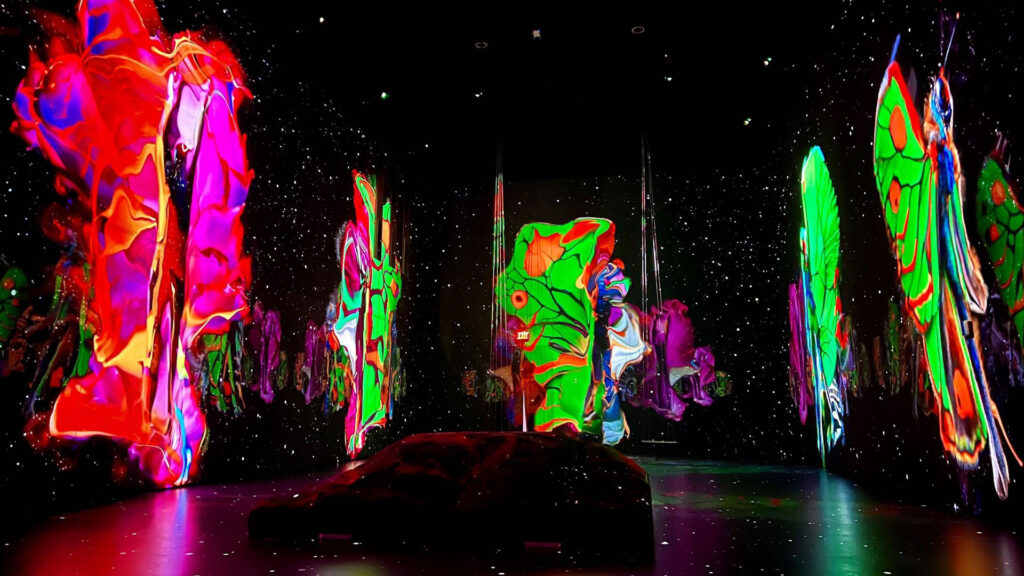
This year the 13th annual Tribeca Festival presented by OKX and in partnership with Mercer Labs and Co-Founder, artist Roy Nachum, will continue that tradition with something more ambitious from past years. Organizers have announced its lineup for their immersive exhibition with an incredible lineup of experiences that promises to stretch beyond what you could ever imagine, and will challenge your perception of how stories are told and presented to the audience.
“At Tribeca, we’ve revolutionized our immersive offerings to meet the demand for expansive experiences,” said Tribeca Co-Founder and CEO Jane Rosenthal, in an official press release.
Well known digital content creators; Memo Akten, Wen-Yee Hsieh, ScanLAB Projects, Robertina Šebjanič, Liam Young, and Sutu – will rotate in Mercer Labs’ one-of-a-kind exhibition spaces in three breathtaking presentations: Body In The World, Redesigning Tomorrow, and Far From Nature. Each piece will represent a distinct creative style, originating from each artists whose expertise spans areas such as architecture, film, animation, sculpture, theater, dance, music, and audio.
“Never before has an immersive program at a festival undertaken such an endeavor to curate multiple works at this scale and format in collaboration with a museum” said Tribeca Immersive Curator Ana Brzezińska.“This year, our program is a response to the reality that constantly prompts us to reflect on our relationship with society, technology, the natural environment, and individual life experiences.”
The immersive program will be accompanied by a series of free artist talks and events at the Tribeca Festival hub at Spring Studios from June 6-8. Tribeca will also host the pilot edition of The Circle, a new incubator program designed to support top future digital talent through a network of industry associates including Accenture Song, ArtScience Museum Singapore, Cosm, EY Metaverse Labs, Google Labs, Meta, MIT Open Documentary Lab, ONX Onassis Studio, PHI Center, Runway ML, ZeroSpace and more.
2024 TRIBECA FESTIVAL IMMERSIVE ARTISTS (From the Official Tribeca Immersive Website)
Memo Akten, Embodied Simulation
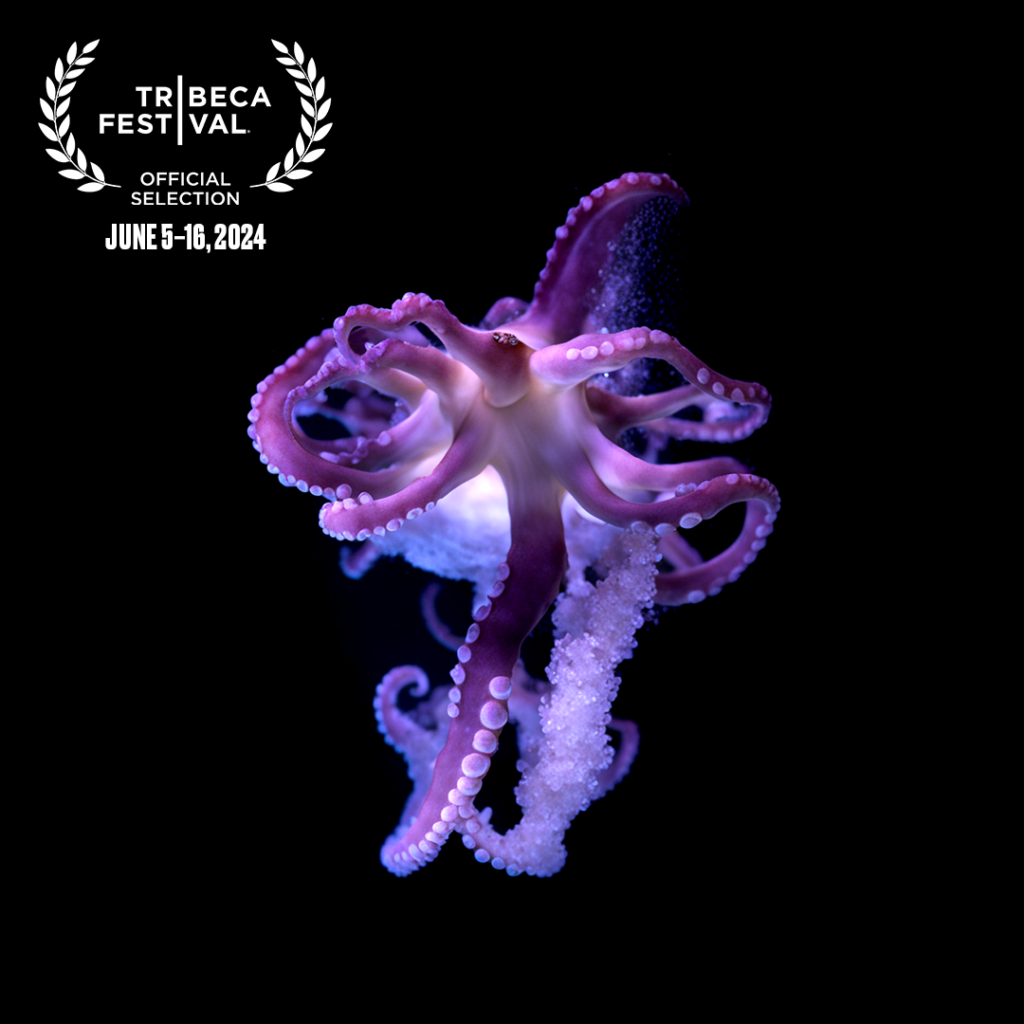
Embodied Simulation is a multiscreen video and sound installation that aims to provoke and nurture strong connections to the global ecosystems of which we are a part. The work combines artificial intelligence with dance and research from neuroscience to create an immersive, embodied experience, extending the viewer’s bodily perception beyond the skin, and into the environment
Memo Akten is a multi-disciplinary artist, musician, and researcher investigating the intricacies of human-machine entanglements. His work explores perception and states of consciousness, and the tensions between ecology, technology, science and spirituality. He writes code and uses algorithmic / data-driven design and aesthetics to create moving images, sounds, large-scale responsive installations and performances. He holds a PhD from Goldsmiths University of London, specializing in artistic and creative applications of Artificial Intelligence, and he is currently Assistant Professor at UC San Diego. Akten has received numerous awards including the Prix Ars Electronica Golden Nica.
Wen-Yee Hsieh, The Great Filter
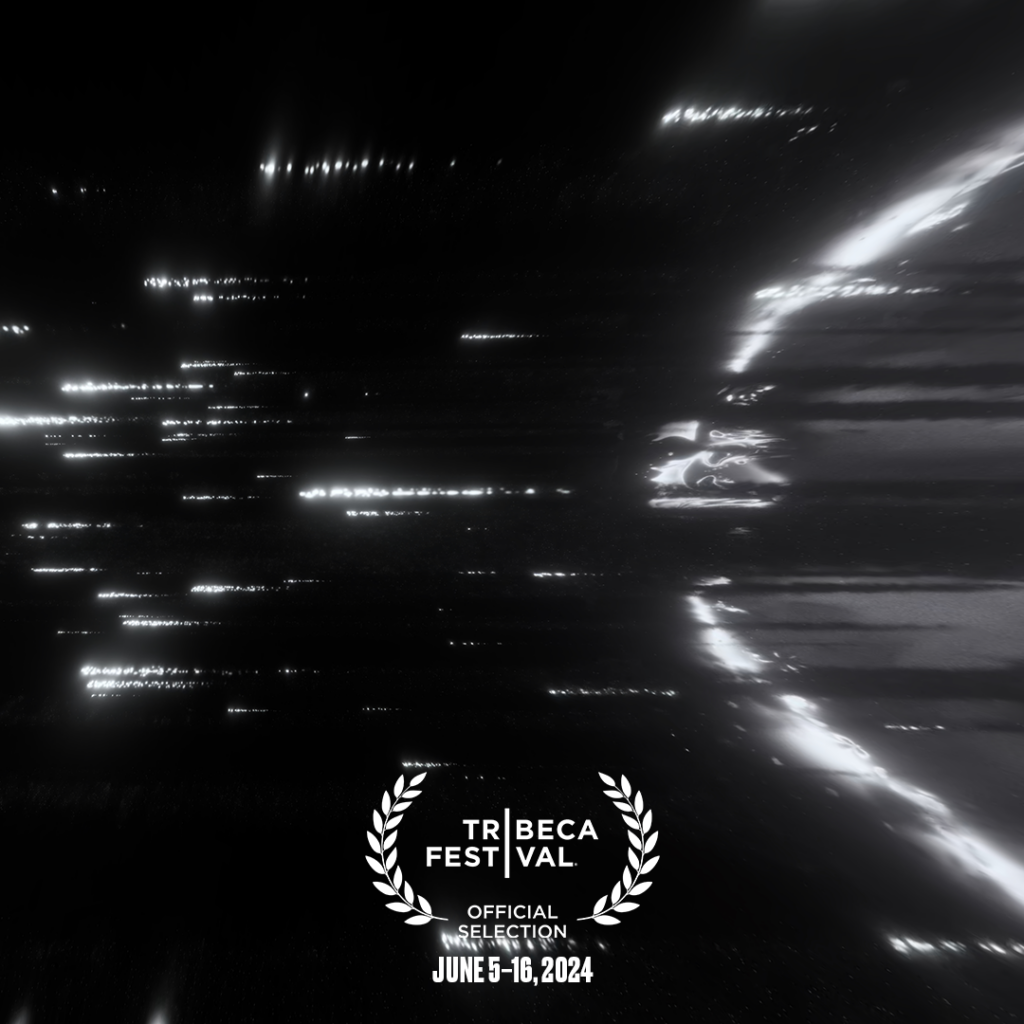
The issue of identity between oneself and the environment has been interpreted as a world of its own. Catastrophes in the human world are translated into a sense of detachment between the self and the larger environment (from individual to collective, and beyond). It is the detachment from the real world that gives birth to a parallel imaginary space. However, when the real world permeates into this parallel world, conflicts arise.
Wen-Yee Hsieh is a Taiwanese artist who poses questions through digital graphics, photography, architecture design, and performing arts. His first VR experience, Limbotopia in VR, co-created with Chun-Lien Cheng, won the 2022 Anifilm International Festival Best VR Film Award and was nominated at the 2022 TRIBECA Festival and the 2021 Kaohsiung Film Festival.
Wen-Yee Hsieh, Invisible Them
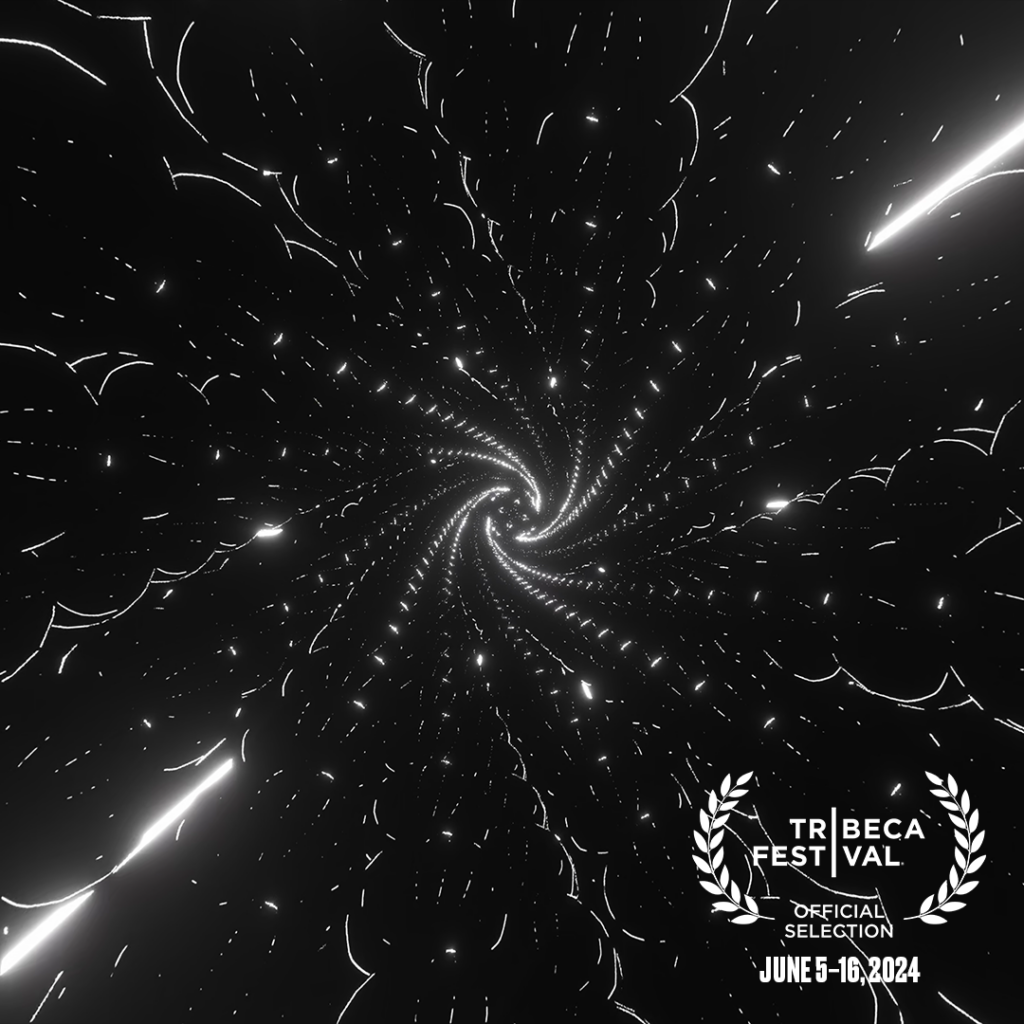
For Invisible Them, Wen-Yee Hsieh’s second entry into the Tribeca Immersive schedule, the collective subconscious is spread out like a field of thoughts, preserved within the hallucinatory garden. Traversing the corridor of what constitutes the prototype hallucinatory garden, exploring the essence of collective violence, behavior, and fallacies. At the center lies an empty tomb; the niches on the wall are where consciousness is collected before it disperses, ultimately returning to the universe as energy.
ScanLAB Projects, FRAMERATE: Rhythms Around Us
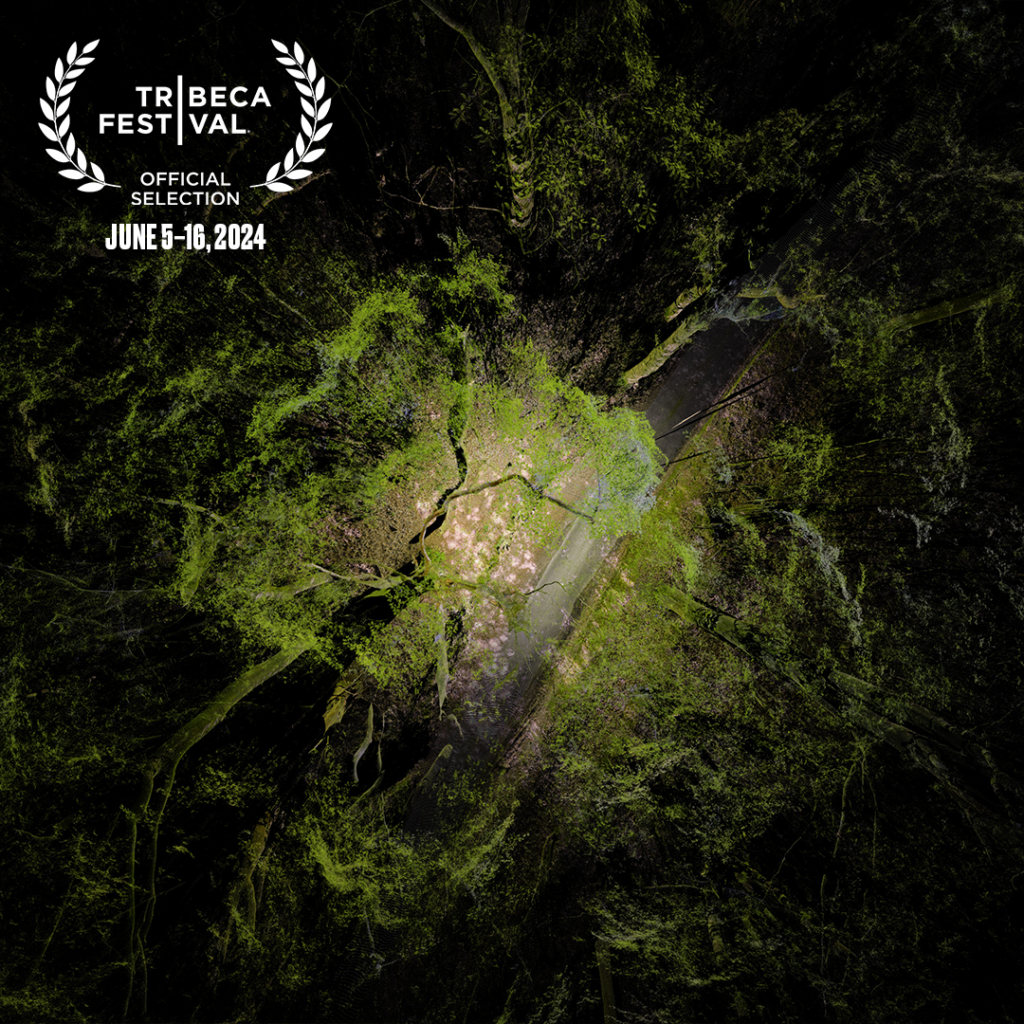
FRAMERATE: Rhythms Around Us bears witness to the flux of life on earth. Surrounded by shifting point cloud landscapes, submerged in sound, we scale our perspective. Together we see the beautiful, creative, and destructive forces of nature and humanity. We are a part of this rhythm, we contribute to the cacophony, we are in sync, and we catastrophically collide with the beating pulse of our planet.
ScanLAB Projects is a pioneering creative practice. They digitize the world using LiDAR, a form of machine vision they believe is the future of Cinematography. They use their craft as a way to bear witness to the world – collaborating with artists, performers, and scientists on evocative, meaningful stories.
Robertina Šebjanič, CO_SONIC 38,144 km² (spatialized in 4DSOUND with MONOM)
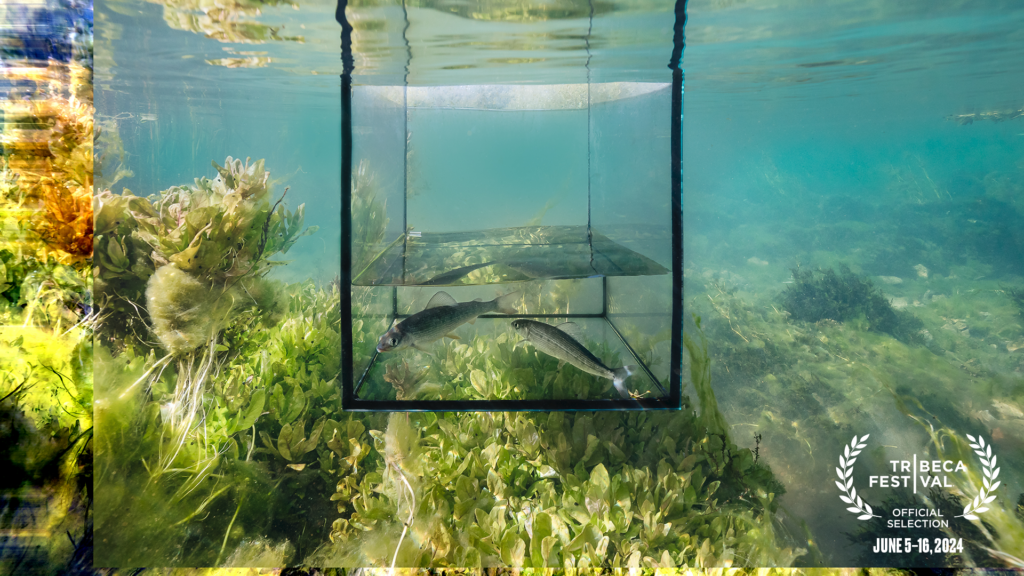
In CO_SONIC 38,144 km², a poetic reflection and AI-powered sound landscape, artist Robertina Šebjanič explores the story of the coexistence of species and life forms through an observation of a river as one entity. The 4DSOUND adaptation for Tribeca Festival integrates the sounds of the Hudson River and bustling New York streets, blending them with the sonic presence of the more-than-human voices of natural and AI-generated entities from the Ljubljanica River and the Atlantic Ocean.
Robertina Šebjanič is an artist/researcher whose work explores the biological, (geo)political, cultural realities of aquatic environments and the impact of human activity on other organisms. She exhibited and performed at festivals and galleries worldwide including Ars Electronica, ZKM, KIKK Festival, Matadero, La Gaîté Lyrique, Le Cube, and was awarded at Prix Ars Electronica, Starts Prize, Falling Walls, Re: Humanism a.o.
Sutu, While We Wait
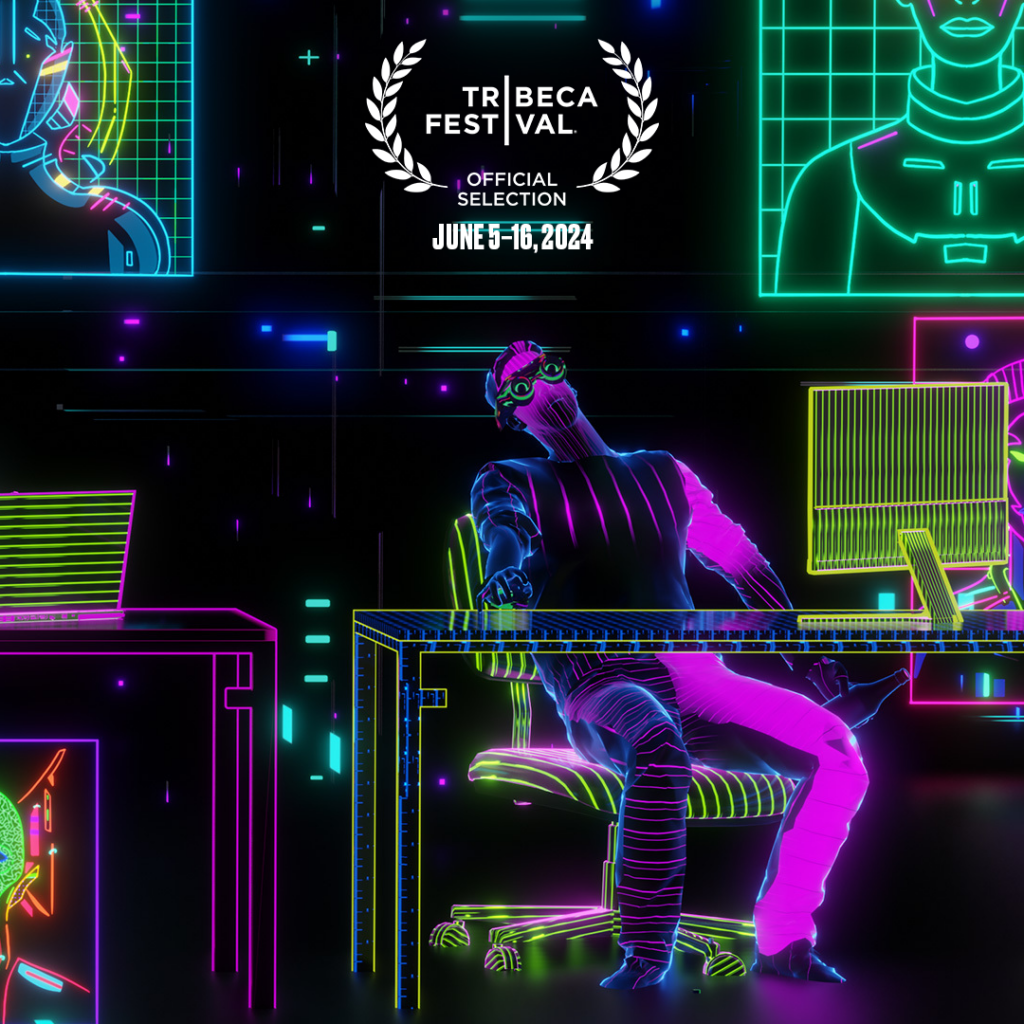
Within the ethereal confines of virtual realms, While We Wait delves into the paradoxical dynamics of modern connectivity. Amidst a backdrop of global pandemics, war or other physical world stressors, seeking solace as virtual avatars in digital communion, has become a necessary psychological outlet for many of us. Through vibrant hues and serene landscapes, the piece invites contemplation on the omnipresent chaos of real life and the promise of consolation in virtual spaces.
Sutu is an Australian digital artist and XR specialist who combines art and technology in new ways to tell immersive stories. His art explores themes surrounding the future of digital technology and culture, virtual identity and memory. He holds an Honorary Doctorate in Digital Media.
Liam Young, The Great Endeavour
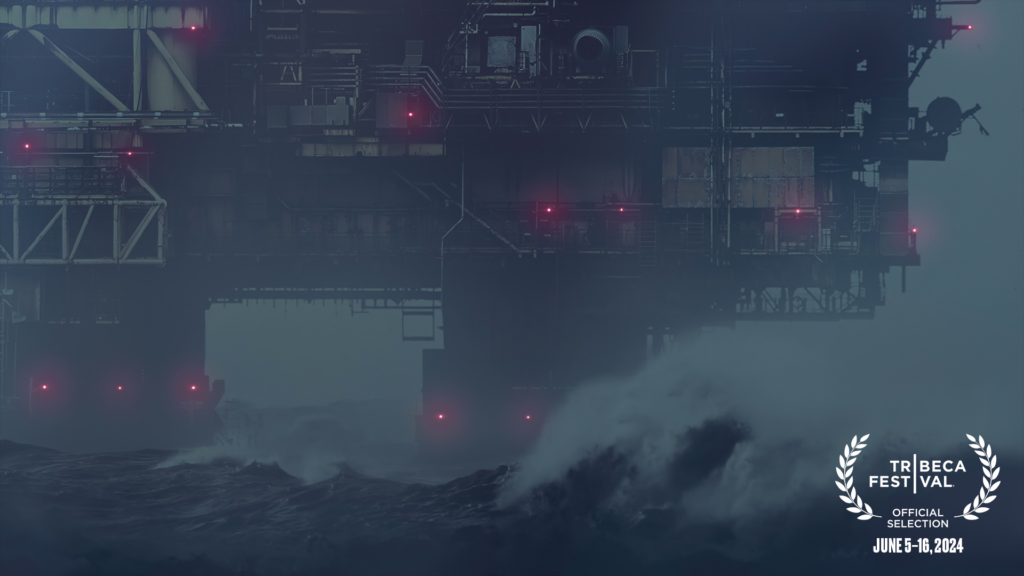
To reach current climate targets, we must develop the capacity to remove existing carbon from the atmosphere at gigatonne scales. The Great Endeavour is to capture all this carbon and will involve the largest construction project in human history. In collaboration with a network of scientists and technologists, The Great Endeavour chronicles the design, construction, and drama of what will become this generation’s moon landing, our last great act of planetary transformation.
Liam Young is a designer, director and BAFTA nominated producer who is described by the BBC as ‘the man designing our futures’. His visionary films and speculative world designs for the entertainment industry are both extraordinary images of tomorrow and urgent examinations of the environmental questions facing us today.
Liam Young, Planet City
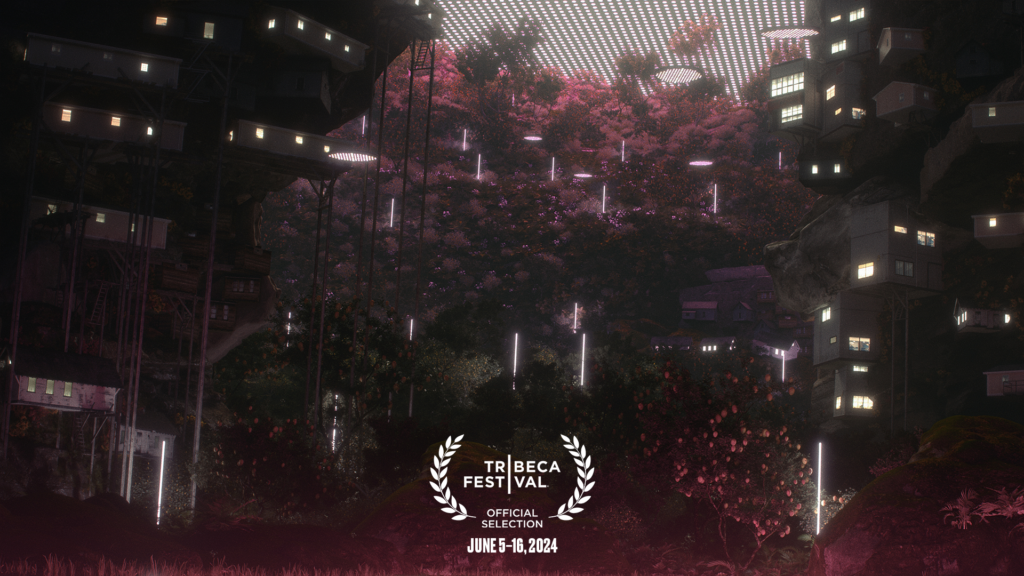
Liam Young’s second project in the festival, Planet City is an internationally acclaimed multiformat research-based body of work by Liam Young that includes a short film, a VR experience, a book, and a physical exhibition. Planet City is based on the creation story of an imaginary future city of 10 billion people, the entire population of earth, where we have surrendered the remaining world to a global wilderness.
Tribeca Film Festival has officially kicked off and goes until June 16th. For more information on Tribeca Festival immersive artists, click the link below. For the latest updates on Tribeca Festival programming follow @Tribeca and #Tribeca2024 on Twitter, Instagram, Facebook, and LinkedIn. A Tribeca Membership and 2024 Tribeca Festival passes and ticket packages can be purchased at tribecafilm.com.


